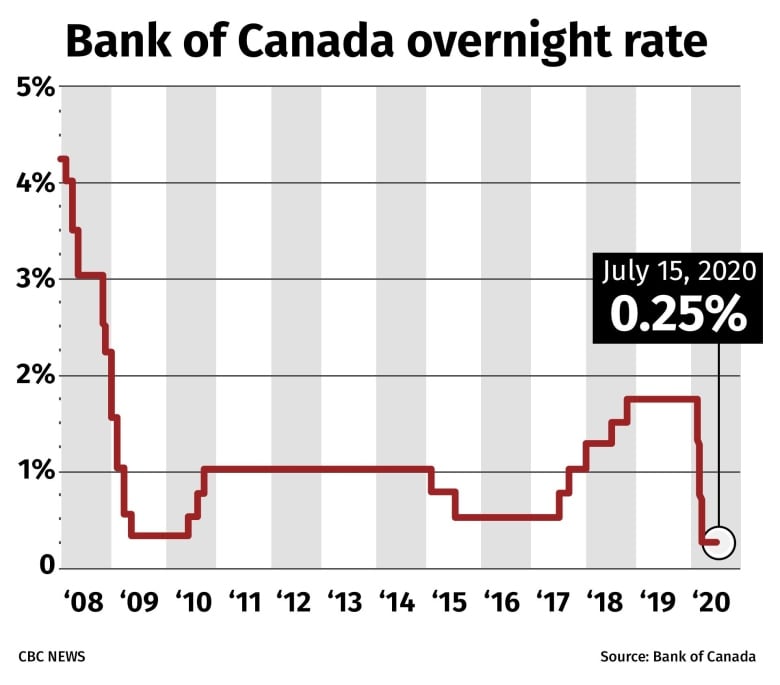How Middle Management Drives Company Productivity And Employee Engagement

Table of Contents
The Crucial Role of Middle Management in Boosting Productivity
Middle managers are the linchpin connecting executive leadership's vision with the day-to-day operations of teams. Their ability to effectively manage resources, set clear goals, and optimize workflows directly translates to improved company productivity.
Setting Clear Goals and Expectations
Setting SMART goals (Specific, Measurable, Achievable, Relevant, Time-bound) is paramount. These goals shouldn't just be top-down directives; they need to be cascaded down, ensuring each team member understands their contribution to the overall company objectives.
- Effective goal-setting techniques: Utilize tools like OKRs (Objectives and Key Results) to align individual goals with company-wide strategies.
- Progress tracking: Implement regular check-ins and utilize project management software to monitor progress and identify potential roadblocks early.
- Regular feedback: Consistent feedback, both positive reinforcement and constructive criticism, keeps employees focused and on track.
Effective Resource Allocation and Delegation
Strategic resource allocation—budget, personnel, time—is critical for maximizing team output. Middle managers must be adept at delegation, recognizing team members' strengths and weaknesses.
- Identify strengths and weaknesses: Conduct regular performance reviews and utilize skills assessments to understand individual capabilities.
- Provide adequate training and support: Invest in employee development programs to upskill team members and equip them to handle challenging tasks.
- Monitor progress without micromanaging: Regular check-ins should focus on progress, offering support rather than controlling every detail.
Optimizing Workflows and Processes
Streamlining processes and eliminating bottlenecks are essential for boosting efficiency. Middle managers play a vital role in identifying areas for improvement and implementing changes.
- Process improvement methodologies: Employ Lean or Six Sigma principles to identify and eliminate waste in workflows.
- Leverage technology: Utilize project management software and automation tools to streamline tasks and improve collaboration.
- Data-driven decision-making: Track key performance indicators (KPIs) to identify areas needing improvement and measure the success of implemented changes.
Middle Management's Impact on Employee Engagement and Retention
Highly engaged employees are more productive, creative, and committed. Middle management plays a pivotal role in fostering this engagement and boosting employee retention.
Fostering a Positive and Supportive Work Environment
Creating a culture of trust, respect, and open communication is essential for employee engagement. Middle managers must be skilled at building strong relationships with their team members.
- Active listening: Pay attention to employee concerns and address them promptly and effectively.
- Regular feedback: Provide both positive reinforcement and constructive criticism to help employees grow and improve.
- Recognition and rewards: Acknowledge and reward employee achievements to boost morale and motivation.
Empowering Employees and Promoting Growth
Empowered employees are more engaged and committed. Middle managers should actively promote professional development and create a growth mindset within their teams.
- Delegating challenging tasks: Give team members opportunities to stretch their skills and take ownership of projects.
- Mentorship and coaching: Provide guidance and support to help employees develop their skills and advance their careers.
- Skill development training: Offer training programs to enhance employees’ capabilities and keep their skills current.
- Promoting work-life balance: Encourage a healthy work-life balance to prevent burnout and improve overall well-being.
Effective Communication Strategies
Clear, consistent, and transparent communication is the cornerstone of effective middle management. This applies both within the team and upward to senior management.
- Regular team meetings: Conduct regular meetings to share updates, address concerns, and solicit feedback.
- Utilize various communication channels: Use email, instant messaging, and other tools to ensure effective communication.
- Solicit feedback: Actively seek feedback from employees to understand their perspectives and address concerns.
- Constructive conflict resolution: Address conflicts promptly and fairly to maintain a positive team dynamic.
Conclusion
Effective middle management is not just about supervision; it's about leadership, fostering productivity, and driving employee engagement. The direct correlation between strong middle management and improved company productivity and employee satisfaction is undeniable. By investing in the development of middle management teams, organizations can unlock greater potential, leading to improved business outcomes and increased employee retention. Invest in your middle management to unlock greater company productivity and employee engagement today! Strengthen your middle management for superior results: Learn more about effective management strategies now.

Featured Posts
-
 Vaccine Skeptic Leading Federal Autism Vaccine Study A Troubling Appointment
Apr 27, 2025
Vaccine Skeptic Leading Federal Autism Vaccine Study A Troubling Appointment
Apr 27, 2025 -
 Napoleon Grills A Commitment To Canadian Manufacturing
Apr 27, 2025
Napoleon Grills A Commitment To Canadian Manufacturing
Apr 27, 2025 -
 Bencic Claims First Wta Championship Since Becoming A Mother
Apr 27, 2025
Bencic Claims First Wta Championship Since Becoming A Mother
Apr 27, 2025 -
 Ariana Grandes Style Evolution Hair Tattoos And Professional Image Consulting
Apr 27, 2025
Ariana Grandes Style Evolution Hair Tattoos And Professional Image Consulting
Apr 27, 2025 -
 Ariana Grandes Swarovski Campaign A Dip Dyed Ponytail Debut
Apr 27, 2025
Ariana Grandes Swarovski Campaign A Dip Dyed Ponytail Debut
Apr 27, 2025
Latest Posts
-
 Free Live Stream Blue Jays Vs Yankees Mlb Spring Training Game March 7 2025
Apr 28, 2025
Free Live Stream Blue Jays Vs Yankees Mlb Spring Training Game March 7 2025
Apr 28, 2025 -
 A Look Back 2000 Yankees Diary Victory Over The Royals
Apr 28, 2025
A Look Back 2000 Yankees Diary Victory Over The Royals
Apr 28, 2025 -
 Yankees 2000 Season A Diary Entry The Royals Game
Apr 28, 2025
Yankees 2000 Season A Diary Entry The Royals Game
Apr 28, 2025 -
 2000 Yankees Diary Bombers Defeat Royals In Thrilling Victory
Apr 28, 2025
2000 Yankees Diary Bombers Defeat Royals In Thrilling Victory
Apr 28, 2025 -
 Bank Of Canada Rate Cuts A Response To Dismal Retail Sales Figures
Apr 28, 2025
Bank Of Canada Rate Cuts A Response To Dismal Retail Sales Figures
Apr 28, 2025
